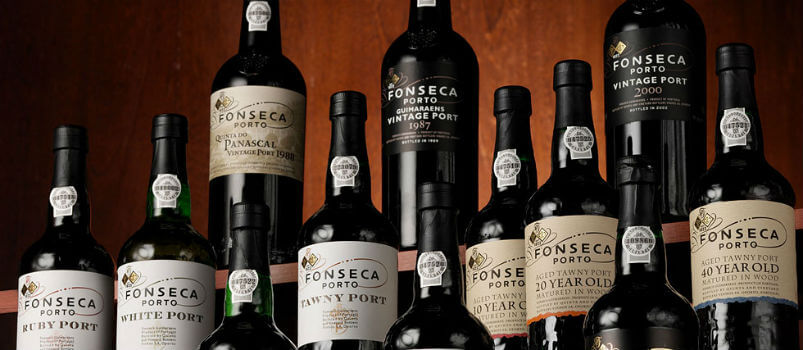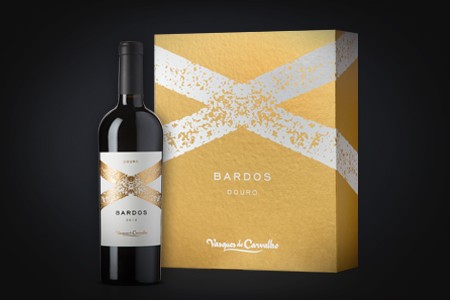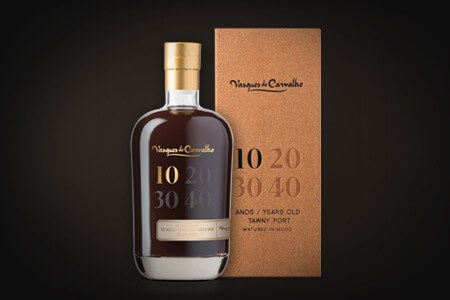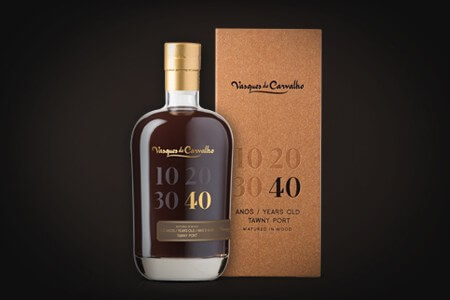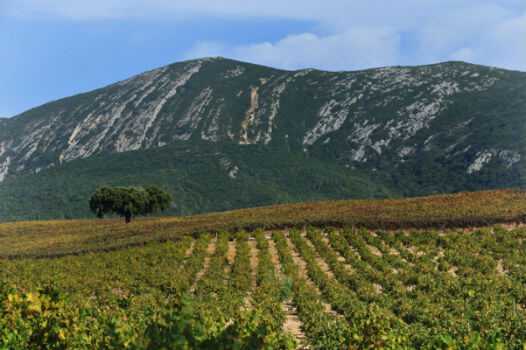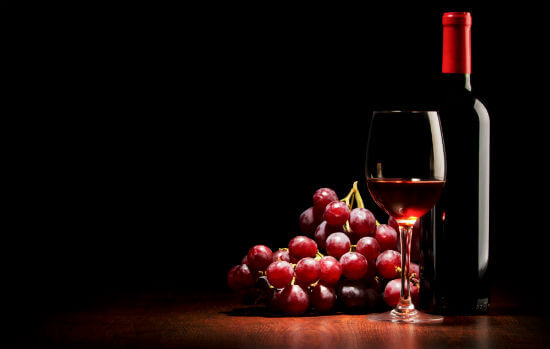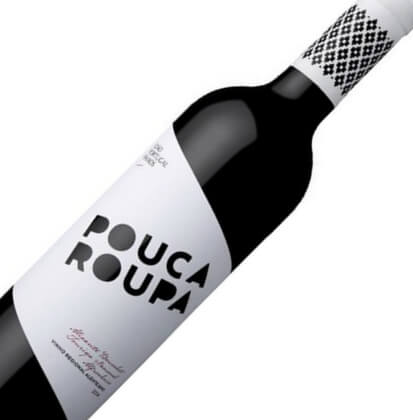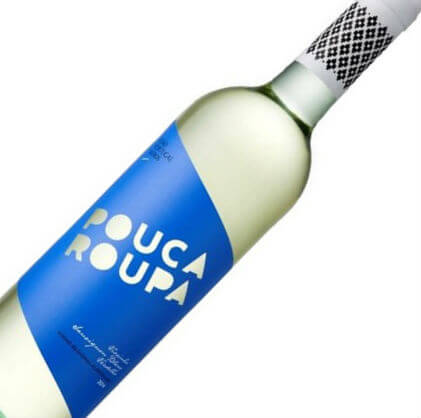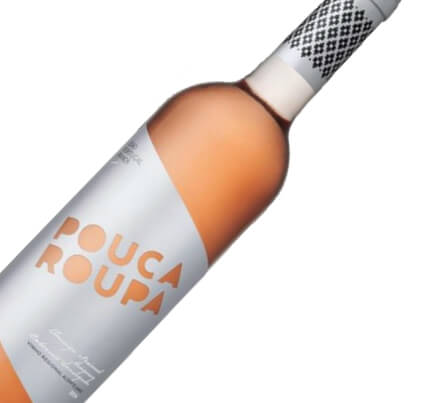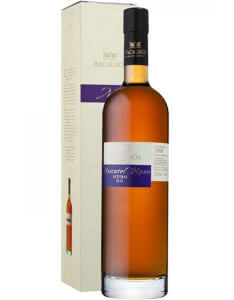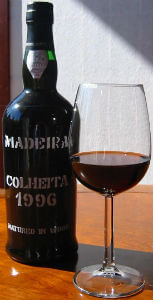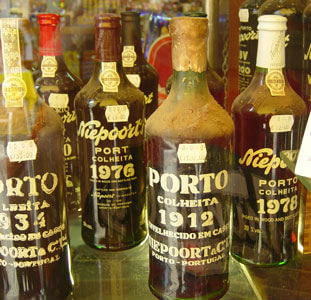Vinha d'Ervideira Antão Vaz Vindima Tardia 2013
Text João Barbosa | Translation Jani Dunne
Hate is an ugly thing. Besides making your nose wrinkle, putting your toenails in a twist and making your liver go bad, hate does no good. For instance, cases of fanatical and terrorist intolerance – an easy and current example, lately very popular in the news.
Somebody said ‘there is no use to a man without enemies’. I disagree and even reverse this: there is no use to a man without friends. However, nobody is all bad or all good. I will write about people and stories of what their tastes get them into. A debate, when civilised, can be delightful, especially when it is more than just a chat, confrontational rhetoric and absence of thought. Some cases are inexplicable – also interesting to talk about.
Something keeps badgering me! A quixotic war against Antão Vaz grape species. To be honest, if so many farmers grow it, it must have many fans. Maybe I am the one who’s “wrong”. A friend of mine goes into an epileptic seizure – metaphorically – if he even smells cabernet sauvignon. For me, it’s that other grape named after a person.
I can be extravagant at times, which is why I sometimes have romantic tiffs. In another life, they would put me in sabre duels with antão vaz. Pretending is fun, as do teenage girls with nervous smiles when they lock eyes with the cutest boy in school… me at the time!
As a knight defending his damsel in distress – i.e. the pleasures of scent and taste – I am imperative:
– I hate antão vaz grapes! Its vines should be pulled down and the vineyards cleaned out. And anyone caught with a stem of the “thing” should suffer physical punishment in re-education camps.
I don’t hate! I know – since last year – some words are very dangerous: never, always, everything, nothing, all, none…
During a recent visit to Adega da Ervideira, near Monsaraz, a medieval village, I had to swallow a series of insults I had previously used for antão vaz. Literally swallowed.
This species may well be the most appreciated in the whole of Alentejo. Almost always (for me) heavy, excessive, sickening, tiring and rustic. Faults, which most wine lovers admit to exist in some wines. However, natives of Alentejo “discovered” arinto and the end result is higher than a simple arithmetic sum.
What I do wish to mention is one antão vaz single-species in God’s cellar… A devil of a wine. This is my second favourite Antão Vaz. The other one is also a single-species (Solista 2010, Mayor cellar, by oenologist Paulo Laureano).
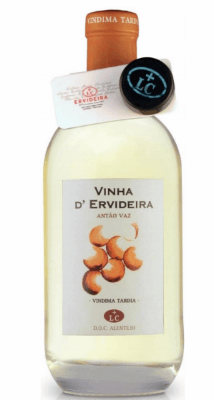
Vinha d’Ervideira Antão Vaz Vindima Tardia 2013 in wonderfulland.com/ervideira/
Vinha d’Ervideira Antão Vaz Vindima Tardia (Late Harvest) 2013 has impressive freshness and character, it is sweet but not over-the-top; it is mighty. It fills your mouth, where it releases scents and goes far and deep for a long time.
I have only mentioned it because of my quarrel with antão vaz and because I was surprised to hear it is a late harvest, and free of botrytis. However, one collection has other choices, all within the usual quality and natural charm. Nélson Rolo is the oeonologist in charge of Ervideira wines.
By the way… Herdadinha is worth a visit. This piece of land accommodates Ervideira Cellar. Why not join in on wine tourism? The land goes as far as Monsaraz and has a view of the Alqueva lake… Gorgeous! Although I do miss the time when the sea wasn’t there… I sigh conformed.
Contacts
Adega Ervideira
Herdadinha – Vendinha
Reguengos de Monsaraz
PORTUGAL
el: (+351) 266 950 010
Fax: (+351) 266 950 011
E-mail: ervideira@ervideira.pt
Website: www.wonderfulland.com/ervideira



